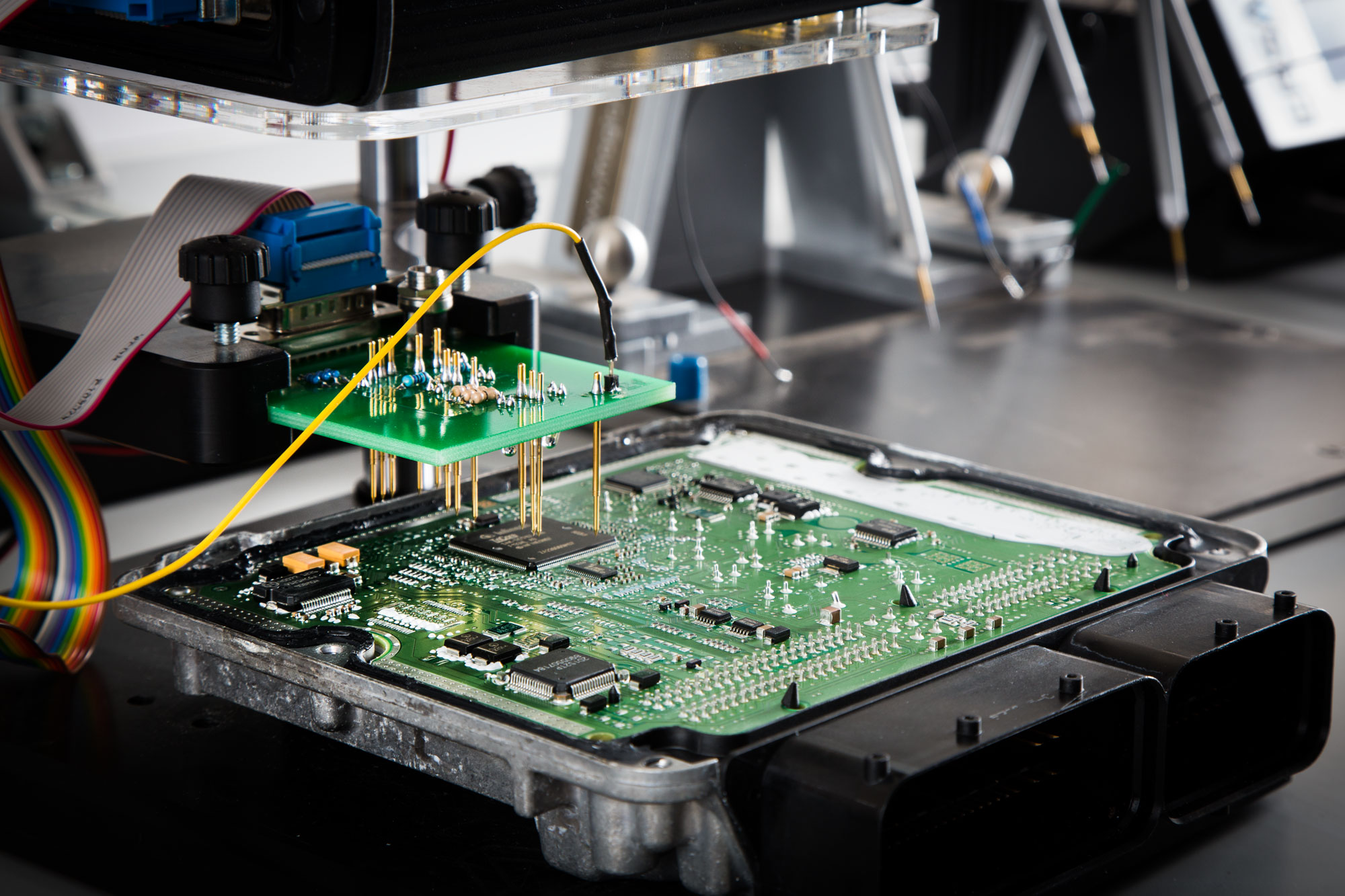
ECU Remapping – What is it?
ECU (engine control unit) remapping is the process of accessing the tune or “map” within an existing ECU. An ECU is the brain behind a vehicle - through inputs from various sensors it controls the majority of everything that a vehicle does. ECU remapping works by editing the tune within an ECU to better suit the needs of the driver, the vehicle or to better compliment any existing modifications to the vehicle.
How does it work?
When a vehicle is brought to United Fuel Injection it is first ran on our 4wd dynamometer (dyno) to ensure there are no problems with the power curve or power output of the vehicle. This process will identify if any of the common issues may be present such as lag (particularly off idle), flat spots or fueling issues. The ECU is then accessed, and various adjustments are made to the emission controls, torque limiters, injection timing and duration, rail pressure, boost pressure and several other minor parameters controlled by the vehicles ECU to unlock the real potential of the vehicle.
You can read our Frequently asked questions regarding ECU remapping for more in depth information by clicking
here
What vehicles can be remapped at United Fuel Injection?
United Fuel Injection can remap most common rail diesel vehicles from manufacturers such as: Ford, Holden, Toyota, Nissan, Jeep, Isuzu, Mazda, Volkswagen, Mercedes Benz, BMW and more.
The Benefits
There are many great benefits to remapping a vehicle’s ECU including but not limited to: increased power & torque (we often see between 15-20% increase in both power and torque), fuel savings, better towing ability and an overall smoother and greater driving experience no matter what type of driving.
Another benefit that is commonly seen from ECU remapping is the elimination of any flat spots in the power and torque curve. It is common for modern vehicles, particularly common rail diesels to have a flat spot off idle.
Results from remaps completed at United Fuel Injection Guide:
Key Terms:
Nm (newton-metre) is a measurement of torque
Kw (kilowatt) is a measure of power output
Rwkw (rear wheel kilowatt)
2012 PX Ranger: from 138kw to 156kw and from 426nm to 506nm
2008 Nissan Patrol ZD30CRD: from 96kw to 121kw and from 312nm to 387nm
2012 Landcruiser VDJ200: from 130rwkw to 152kw and 511nm to 692nm at the wheels
2014 Ford Ranger (Dyno graph below): from 133kw to 162kw and from 474nm to 585nm
?width=600&height=849)
If you’re looking to upgrade the performance of your common rail diesel vehicle give us a call on (08) 9259 3000 or
get in touch today.